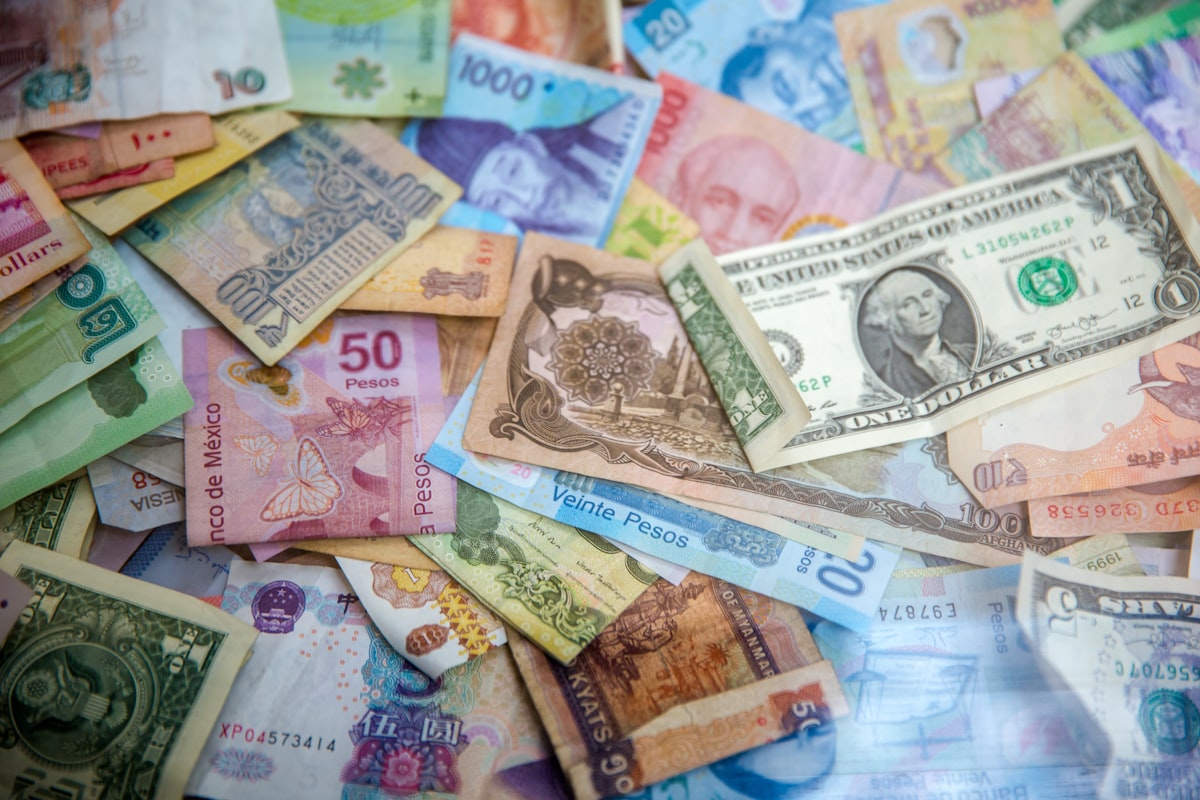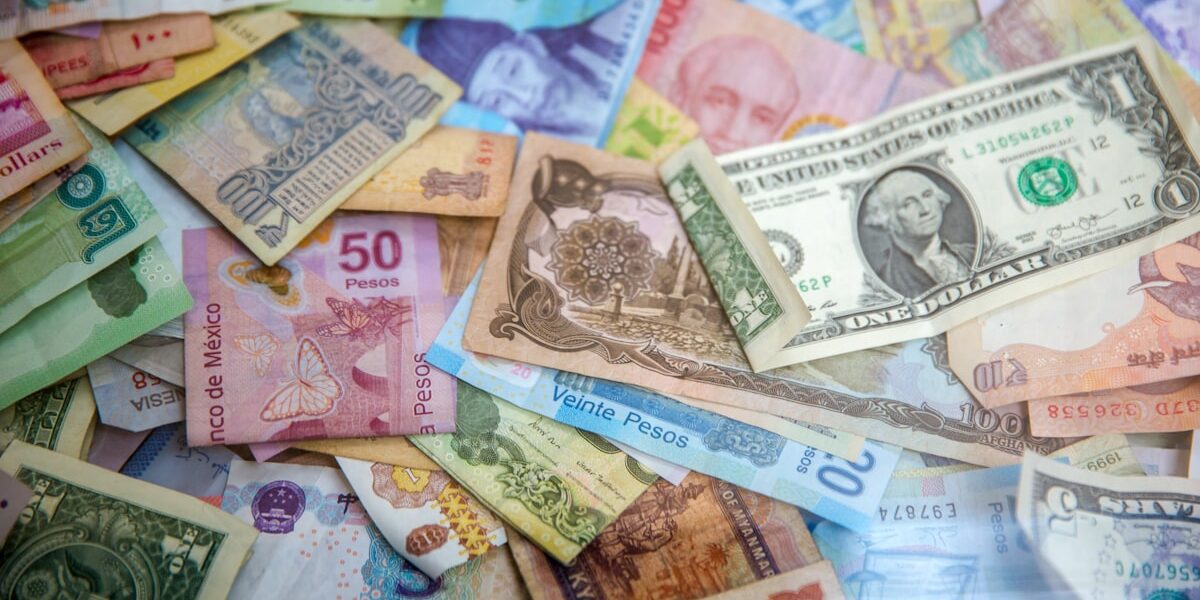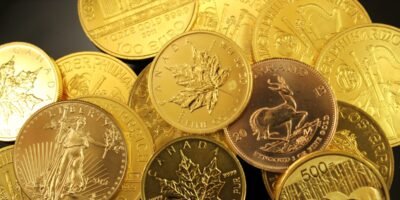The History and Evolution of Silver Quarters

The quarter dollar, often referred to simply as the ‘quarter,’ has been a fundamental part of United States currency since 1796. Initially, quarters were struck in silver, reflecting the real-world value of the metal at the time. This tradition continued for many years, with a few significant changes along the way. If you hold a quarter minted before 1965, you possess a coin made of 90% silver.
The Composition of Early Quarters
The Coinage Act of 1792 established that quarters, along with other silver denominations, would rely heavily on the intrinsic value of silver. The first quarters were minted in 1796, featuring the Draped Bust design. These quarters, and those that followed for over a century and a half, contained about 6.25 grams of silver.
As the 20th century approached, the Barber, Standing Liberty, and finally, the Washington designs were introduced. However, throughout these changes, the core composition remained unchanged. Coins minted before 1965 became highly valued for their silver content over the years.
The Economic Shift Causing Metal Composition Change
The early 1960s were a period of significant economic change. Increasing silver prices made it more expensive to manufacture coins with high silver content. In 1965, the United States Mint faced a dilemma. The intrinsic metal value began approaching, and in some cases, surpassing the face value of the coins, prompting a need for revision.
The Coinage Act of 1965 was enacted to address these concerns. It effectively ended the production of silver quarters, shifting to a copper-nickel clad composition. This transition was crucial to prevent the massive withdrawal of silver coins from circulation as a result of hoarding.
Understanding Clad Coinage Design
The new clad coinage composed of a copper core between two layers of copper-nickel alloy. While these coins retained the same diameter and thickness as their silver predecessors, their distinct composition lowered production costs. The distribution of clad quarters rapidly took over the circulation, phasing out their silver counterparts.
Washington quarters from 1932 to 1964 were then sought after by collectors and investors, primarily for their metal content. Annually, millions of these coins were hoarded and melted down for their silver, greatly diminishing their appearance in everyday transactions.
Spotting a Silver Quarter Today
Identifying silver quarters is straightforward once the basics are known. Any US quarter dated 1964 or earlier is a silver quarter, coined before the shift to clad designs. Simply checking the year is typically sufficient to determine a quarter’s silver content, but the edge of the coin often provides a quick visual verification. Silver quarters will lack the copper-colored line visible on clad coins.
The Influence of Collectible Markets
The absence of silver in modern quarters increased the appeal of earlier mintages. Coin collectors and precious metal investors regard silver quarters as treasures. They are often found in numismatic collections or stockpiled as an investment in silver bullion. The aesthetic and historical significance of these coins add further allure to hobbyists.
Proof sets and special releases, including silver designs through the United States Mint’s commemorative programs, have also kept interest alive. Although these collector issues aren’t meant for general circulation, they show ongoing fascination with classic silver coinage.
Examining the Market Value Today
The market value of silver quarters extends well beyond their face value. As silver prices fluctuate in the broader commodity market, so do the valuations for these coins. Most circulate quarters in silver form fetch several times their nominal value. Key dates, mint marks, and condition can greatly influence the premium at which they trade.
For many, the blending of numismatic and intrinsic metal values make silver quarters an intriguing asset. Their acquisition is not purely a monetary pursuit but also a historical one that connects collectors to an era of American monetary history.
Why Silver Quarters Matter
The story of silver quarters serves as a reminder of the natural resource currency once embodied. Physical metal played a role in establishing stable, universally valued currency standards. Although the bulk collection of quarters today doesn’t involve silver, their legacy continues to resonate among those with interest in numismatics and the history of money.
While quarters minted after 1964 aren’t made from precious metal, those who keep an eye out can still occasionally find these silver relics. They remain a bridge, connecting modern currency users with traditional values of coinage.
Public Perception and Educating the Next Generation
Beyond their marketplace worth, silver quarters have educational potential, teaching newer generations about economic value, history, and the evolution of monetary policy. Schools and financial literacy programs use these coins to illustrate historic currency systems and material changes driven by economic forces.
Understanding why silver content was removed may enhance public awareness of metal usage in coins. It also sparks broader questions about resource management and economic trade-offs in maintaining circulating currency.
Recommended Collecting Supplies
Coin Collection Book Holder Album – $9.99
312 pockets for coins of all sizes.
20x Magnifier Jewelry Loupe – $13.99
Essential tool for examining coins and stamps.
As an Amazon Associate, we earn from qualifying purchases.




Subscribe for Updates
Get the latest articles delivered to your inbox.
We respect your privacy. Unsubscribe anytime.